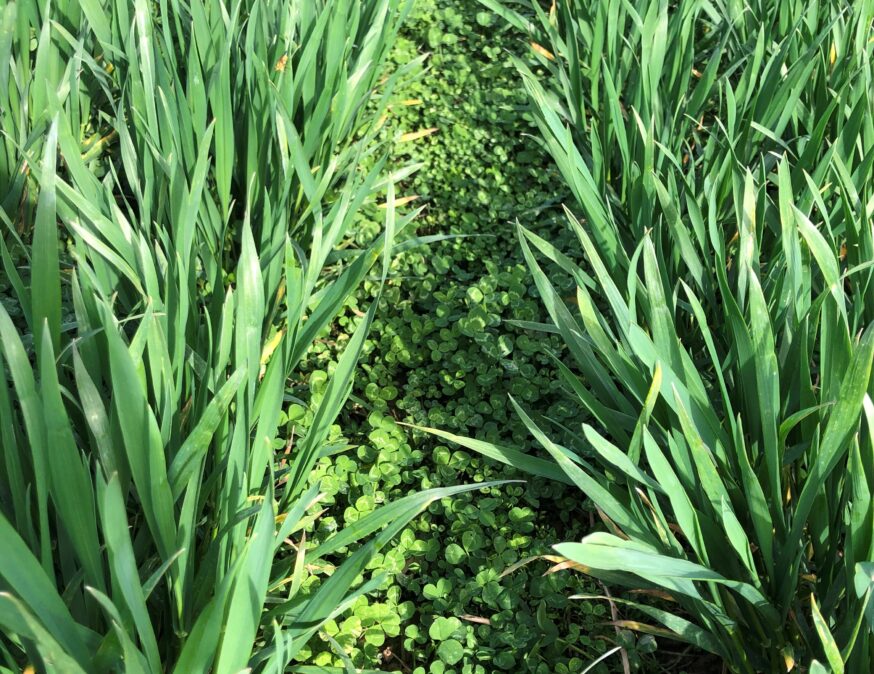In the lush landscapes of Laos, you will find one of our flagship portfolio projects, Burapha Agroforestry. Since 2016, this nature-based project has been on a mission to demonstrate the mitigation potential of sustainable commercial forestry by restoring degraded lands to capture carbon from the earth’s atmosphere.
Nature-based climate solutions work with the natural world to limit the consequences of our global climate crisis. These projects conserve and restore ecosystems, including terrestrial forests, coastal mangroves and expansive grassland habitats. Burapha Agroforestry, as its name suggests, focuses on productive forests alongside the protection of conservation areas.
Burapha’s plantations are certified by the Forest Stewardship Council with plans to plant over 1,000 trees on each hectare of land inside a 60,000-hectare restoration zone. Do the maths; it’s an impressive ambition.
To ensure maximum impact, the project strategically focuses these restoration efforts on the most degraded areas in western and central Laos, working with local communities on leased land. Often, these are places that were previously used for intensive agriculture and where the soil is most depleted.
In targeting sites of shifting cultivation, Burapha is systematically replacing intensive farming methods with sustainable agroforestry, which allows for intercropping and grazing until the trees reach maturity. The project has created 4,400 new full-time agroforestry positions and significant casual labour opportunities. In this way, the project creates new employment prospects for local people while simultaneously supporting global climate mitigation efforts.
When planted to full capacity, Burapha’s trees are expected to remove more than 28,000 tonnes of CO2 from the atmosphere, every year. The project also considers the need for a biodiverse landscape with 12,000 hectares of land designated specifically for conservation, providing a sanctuary for numerous native species including gibbons, Asiatic black bears, and the critically endangered pangolin.
As the world grapples with an escalating climate crisis, Burapha Agroforestry is an innovative, nature-based climate solution. Not only does the project provide urgently needed carbon sequestration, but it also supports the conservation of remaining forests in the area. It creates alternatives to deforestation, deploys protection areas to enhance ecology and promotes socio-economic development in Laos. There’s no doubt – we need nature to ensure a liveable future for all.
Share this article



